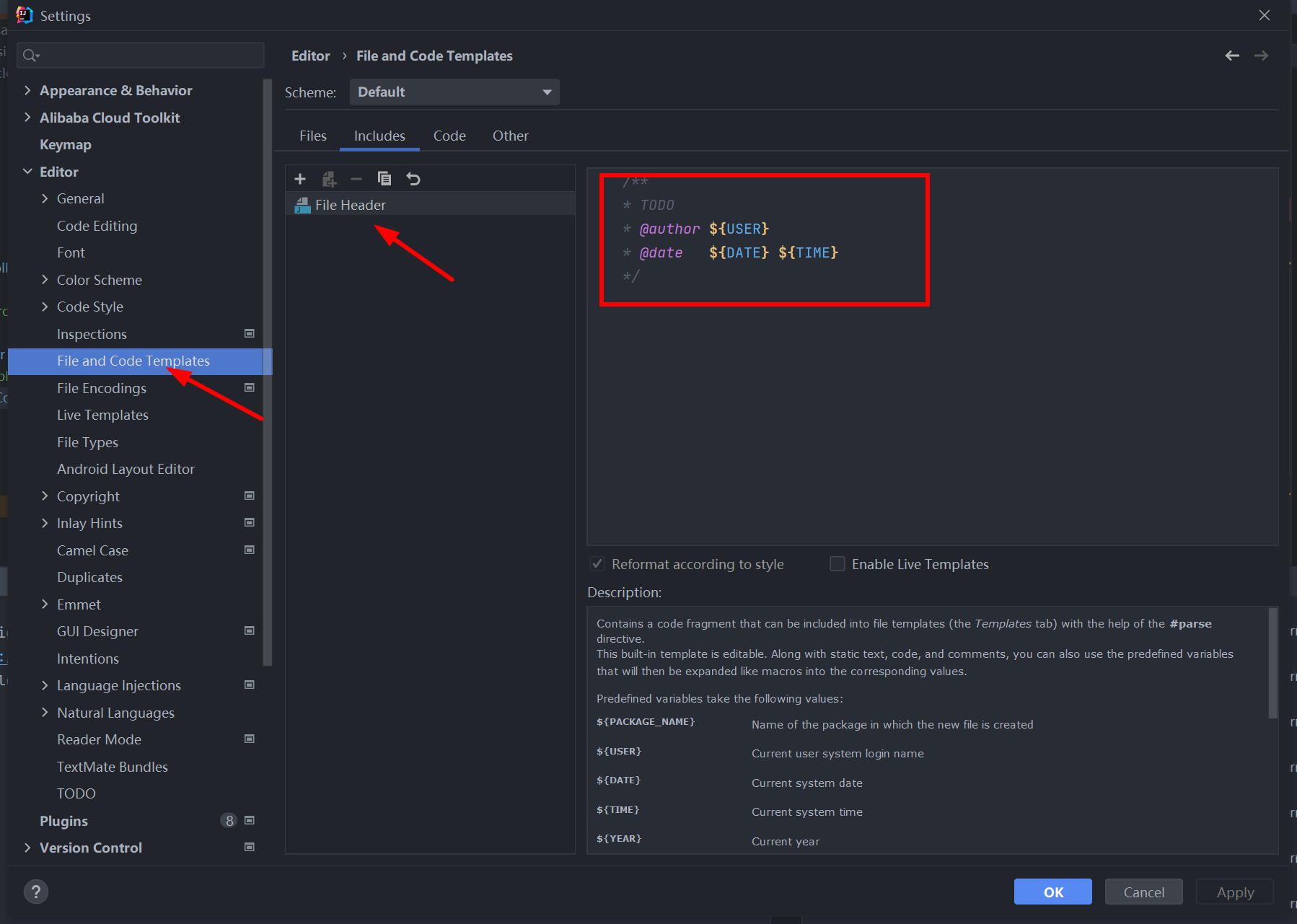

Brace style for: code blocks, methods and classes.Alignment of: array initializer expressions, arguments in method declarations and calls, field declarations, extends list, assignments, binary expressions, ‘throws’ clause, resources in ‘try’.Special ‘else if’ treatment (compact ‘else if’).New line after: opening brace in array initializer.New line before: closing brace in array initializer, ‘else’ in ‘if’ statement, ‘finally’ and ‘catch’ in ‘try’ statement, binary operator (if wrapped).Keep blank lines in code (number of empty lines to preserve).


Now things are going to be a bit easier, because IntelliJ IDEA 13 is capable of importing code formatter settings from Eclipse without the use of any plugins. In most cases the plugin is fine, but because it’s calling Eclipse API directly from IntelliJ IDEA, there can be problems with processing such actions as refactoring, code generation, etc., so it’s not always that helpful. You may have heard about Eclipse Code Formatter, a quite popular IntelliJ IDEA plugin that lets you, what else, - use Eclipse’s code formatter with IntelliJ IDEA. One of the most frequently encountered problems is code style, that has to be consistent in the entire project. And then there’s collaboration, and it sometimes is harder when different sorts of IDEs are involved. Many development teams are using more than one IDE because it’s a very personal matter, and people always seek what best suits their individual needs.


 0 kommentar(er)
0 kommentar(er)
